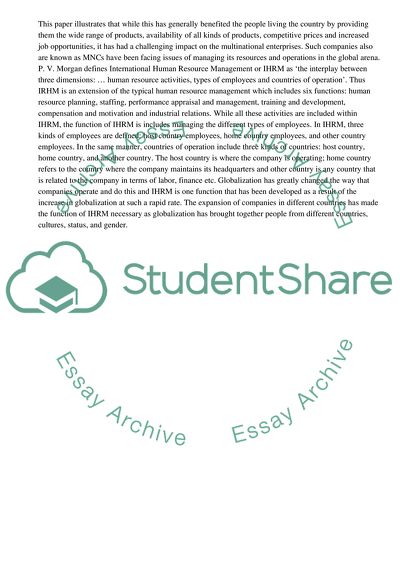Cite this document
(“Management of People in Multinational Enterprises Essay”, n.d.)
Management of People in Multinational Enterprises Essay. Retrieved from https://studentshare.org/business/1627412-evaluate-critically-the-issues-relating-to-the-management-of-people-in-multinational-enterprises
Management of People in Multinational Enterprises Essay. Retrieved from https://studentshare.org/business/1627412-evaluate-critically-the-issues-relating-to-the-management-of-people-in-multinational-enterprises
(Management of People in Multinational Enterprises Essay)
Management of People in Multinational Enterprises Essay. https://studentshare.org/business/1627412-evaluate-critically-the-issues-relating-to-the-management-of-people-in-multinational-enterprises.
Management of People in Multinational Enterprises Essay. https://studentshare.org/business/1627412-evaluate-critically-the-issues-relating-to-the-management-of-people-in-multinational-enterprises.
“Management of People in Multinational Enterprises Essay”, n.d. https://studentshare.org/business/1627412-evaluate-critically-the-issues-relating-to-the-management-of-people-in-multinational-enterprises.


